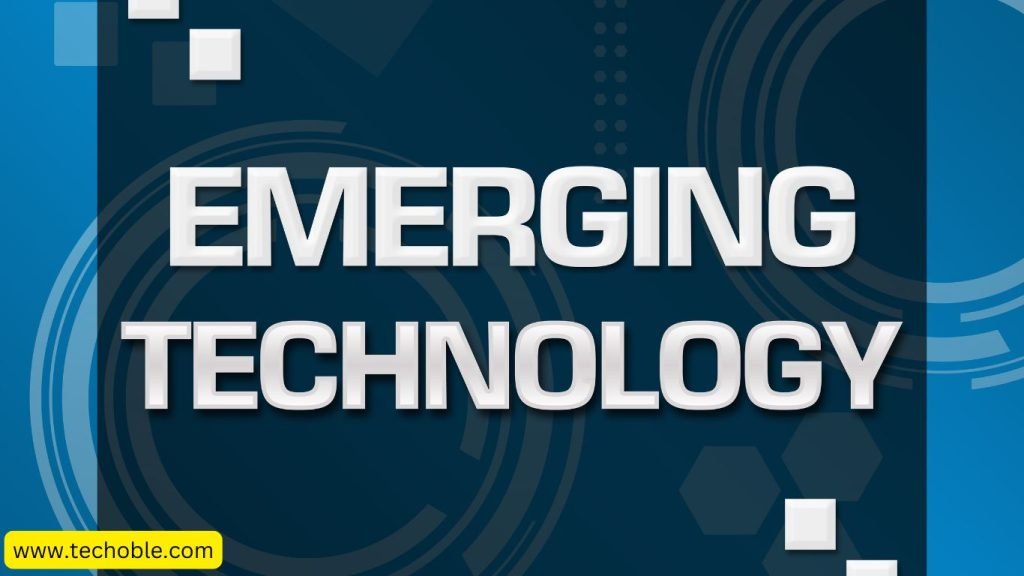 In a world where technology evolves at lightning speed, every year introduces groundbreaking advancements set to reshape the future. By 2025, various fields like artificial intelligence, biotechnology, and renewable energy are expected to make monumental strides. But what are these revolutionary technologies, and how will they impact our lives? Let’s dive into the top 10 emerging technologies predicted to transform the world by 2025.
In a world where technology evolves at lightning speed, every year introduces groundbreaking advancements set to reshape the future. By 2025, various fields like artificial intelligence, biotechnology, and renewable energy are expected to make monumental strides. But what are these revolutionary technologies, and how will they impact our lives? Let’s dive into the top 10 emerging technologies predicted to transform the world by 2025.
1. Artificial Intelligence and Machine Learning: The Smart Revolution
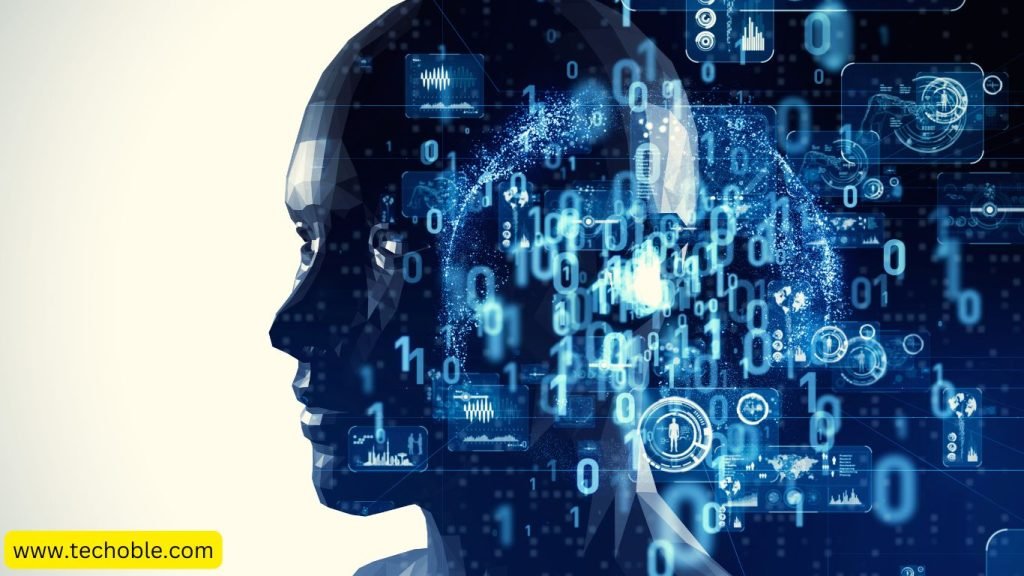 What is Artificial Intelligence and Machine Learning?
What is Artificial Intelligence and Machine Learning?
Artificial Intelligence (AI) is a technology enabling machines to learn from data, recognize patterns, and make decisions. Machine Learning (ML), a branch of AI, uses algorithms to improve over time as they process data.
Why Will AI Be Big in 2025?
- Healthcare: AI is expected to improve diagnosis and treatment planning. For instance, AI can analyze medical images faster and more accurately than humans.
- Business: Personalized marketing strategies powered by AI will enhance customer engagement.
- Autonomous Systems: Self-driving cars, drones, and delivery robots are all possible because of AI.
Key Stats
- The global AI market is projected to reach $500 billion by 2025, with a growth rate of over 35% annually.
AI’s Future Outlook AI and ML will drive efficiency and open new opportunities in almost every sector. From smart assistants in homes to sophisticated data analysis in businesses, these technologies are at the forefront of transformative change.
2. 5G and 6G Networks: The Age of Ultra-Connectivity
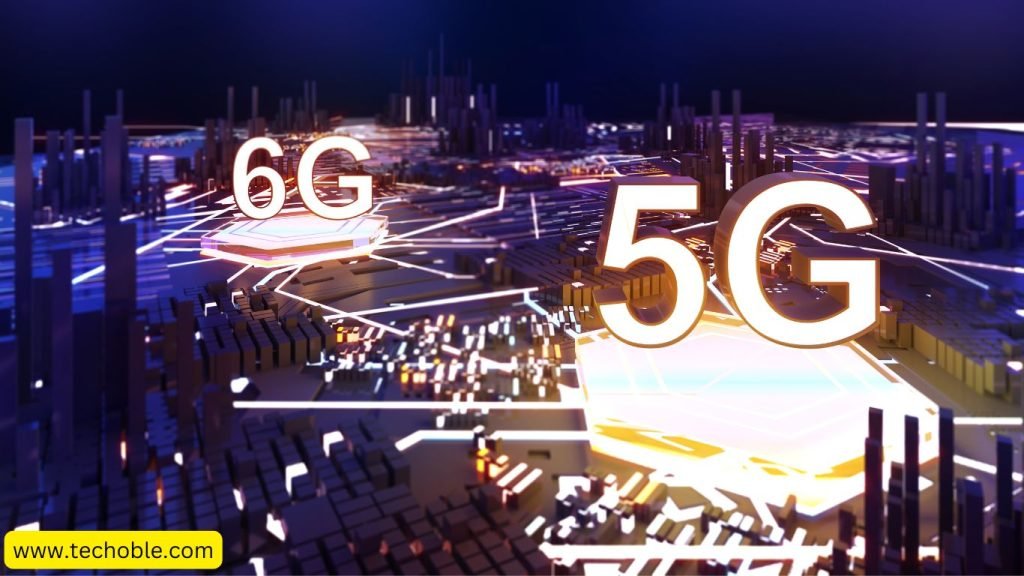 What Are 5G and 6G Networks?
What Are 5G and 6G Networks?
5G networks, already being rolled out globally, offer faster internet speeds and reduced latency. 6G, which is in early research stages, promises to be even faster, enabling near-instantaneous communication.
How Will 5G and 6G Impact Our Lives?
- IoT Growth: Faster networks mean more connected devices, from smart home appliances to wearable health monitors.
- Autonomous Vehicles: 5G and 6G enable real-time data transfer, essential for self-driving cars.
- Enhanced Virtual Experiences: VR and AR applications will become smoother, making remote work and online learning more immersive.
Statistics
- By 2025, there will be approximately 1.5 billion 5G users globally, with 6G research advancing in countries like the United States, China, and Japan.
Future Outlook With ultra-fast, reliable connectivity, these networks will power the next generation of IoT devices and real-time applications, making them a pillar of upcoming technology by 2025.
3. Quantum Computing: Solving the Unsolvable
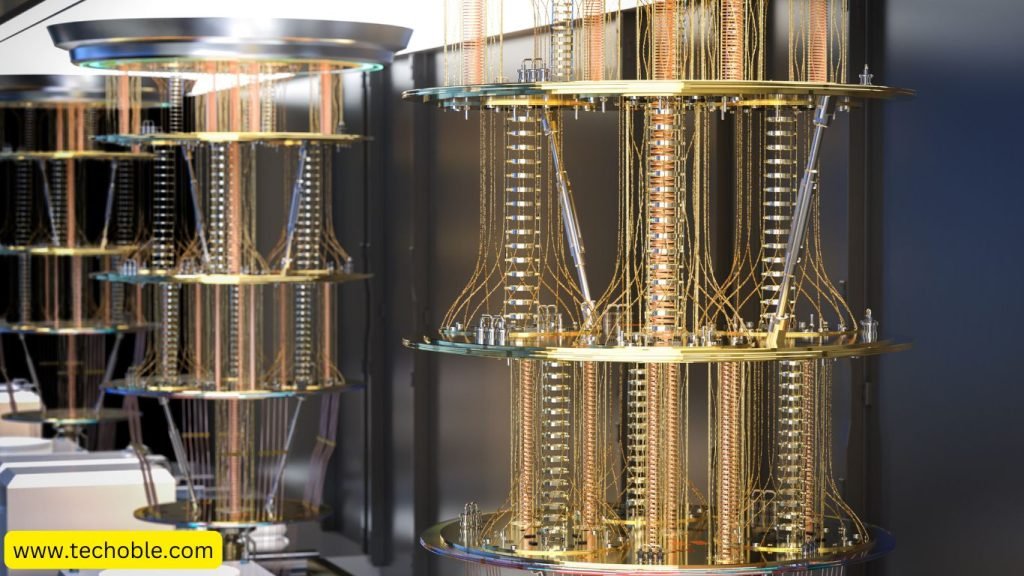 What is Quantum Computing?
What is Quantum Computing?
Quantum computing uses quantum bits (qubits) instead of traditional bits, allowing computers to process information at unprecedented speeds.
Key Impacts of Quantum Computing
- Pharmaceuticals: Quantum computing will accelerate drug discovery by simulating complex molecular structures.
- Finance: Financial markets can be modeled more accurately, leading to improved forecasting and investment strategies.
- Climate Science: Researchers will use quantum models to address climate change by predicting environmental changes more accurately.
Statistics
- The global quantum computing market is projected to grow from $500 million in 2023 to over $3 billion by 2025.
Future Outlook Quantum computing is still in its infancy but holds the potential to redefine computational limits, solving problems that were once considered unsolvable.
4. Extended Reality (XR): Blurring the Real and Digital Worlds
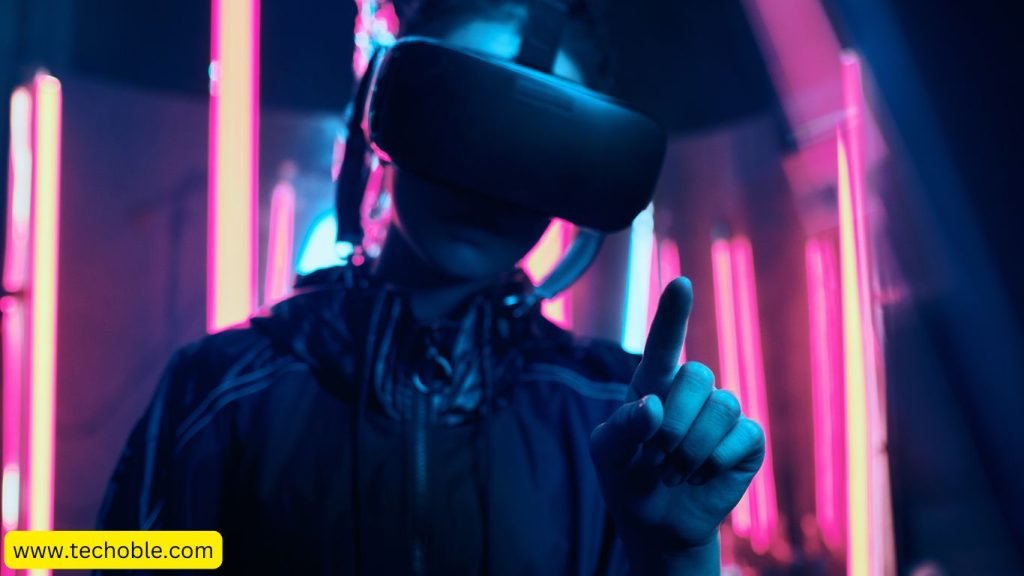 What is Extended Reality?
What is Extended Reality?
Extended Reality (XR) is an umbrella term covering Virtual Reality (VR), Augmented Reality (AR), and Mixed Reality (MR), which combine digital and physical spaces.
Applications of XR
- Education: XR will make learning more interactive and immersive.
- Healthcare: VR-assisted surgeries and AR-based diagnostics are just the beginning.
- Entertainment: Gaming, sports, and even live events will become more engaging.
Statistics
- The XR market is anticipated to reach over $120 billion by 2025 as VR, AR, and MR applications become mainstream.
Future Outlook XR will offer immersive experiences that bridge the gap between physical and digital worlds, transforming industries like healthcare, education, and entertainment.
5. Blockchain and Decentralized Finance (DeFi): Redefining Financial Systems
 What is Blockchain and DeFi?
What is Blockchain and DeFi?
Blockchain is a decentralized, secure digital ledger. Decentralized Finance (DeFi) leverages blockchain to enable peer-to-peer financial services without traditional banks.
Why Blockchain and DeFi Matter
- Transparency: Blockchain ensures secure, traceable transactions.
- Financial Inclusion: DeFi platforms allow anyone with an internet connection to access financial services.
- Supply Chain: Blockchain provides real-time tracking, ensuring product authenticity.
Statistics
- The DeFi market has grown to nearly $100 billion in assets as of 2023 and is expected to see continued expansion.
Future Outlook Blockchain and DeFi are emerging as the foundations of a new, more transparent and inclusive financial system, showing strong potential for transformative change by 2025.
6. Biotechnology and Gene Editing: Pioneering Life Sciences
 What Are Biotechnology and Gene Editing?
What Are Biotechnology and Gene Editing?
Biotechnology involves using biological systems to develop products, while gene editing, such as CRISPR, allows scientists to modify DNA.
Key Benefits
- Healthcare: Biotechnology and gene editing promise breakthroughs in curing genetic diseases.
- Agriculture: Gene-edited crops are more resilient to climate changes and pests.
- Food Production: Biotech can create lab-grown meats and other sustainable food sources.
Statistics
- The biotechnology market is expected to exceed $775 billion by 2025, with a significant part driven by gene-editing research.
Future Outlook These technologies will reshape healthcare, agriculture, and food production, solving some of humanity’s most pressing problems.
7. Renewable Energy Innovations and Battery Technology: A Greener Tomorrow
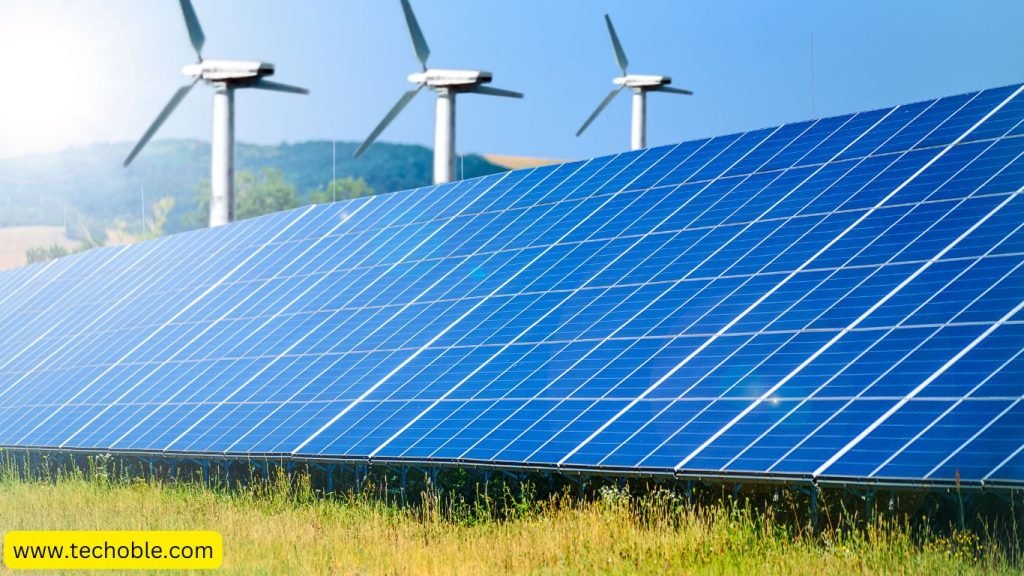 What’s Driving Renewable Energy and Battery Innovation?
What’s Driving Renewable Energy and Battery Innovation?
Renewable energy sources like solar, wind, and hydro are expanding rapidly. Advances in battery technology allow for better storage and efficiency, which is crucial for renewable energy integration.
Impacts
- Climate Change: Reducing reliance on fossil fuels to combat global warming.
- Electric Vehicles (EVs): Longer-lasting batteries make EVs more practical.
- Grid Stability: Batteries store renewable energy, ensuring supply during low-production periods.
Statistics
- Battery prices have fallen by 85% over the past decade, and global renewable energy capacity is expected to reach 5,000 GW by 2025.
Future Outlook As battery technology and renewable energy grow, they will form a cleaner, more sustainable energy landscape for future generations.
8. Robotics and Automation: The Rise of the Machines
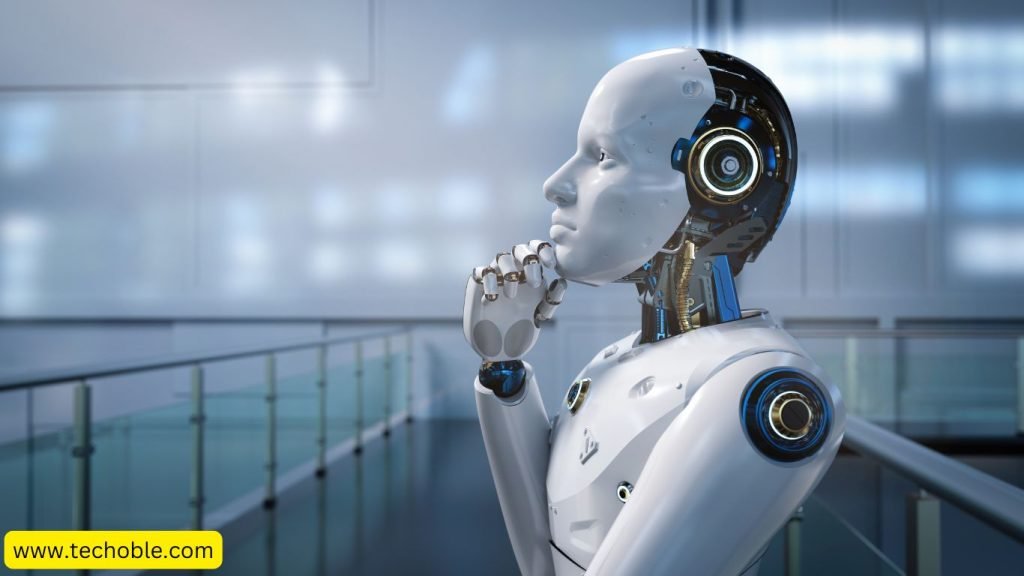 What Are Robotics and Automation?
What Are Robotics and Automation?
Robotics involves the use of machines to perform tasks, while automation uses technology to operate systems without human input.
Key Applications
- Manufacturing: Robots handle tasks like assembly, welding, and inspection.
- Healthcare: Robotic surgery offers precision in medical procedures.
- Agriculture: Automated machines can plant, water, and harvest crops more efficiently.
Statistics
- The global robotics market is projected to exceed $75 billion by 2025, with automation transforming various industries.
Future Outlook Automation and robotics will boost productivity and create new job roles while eliminating repetitive, dangerous tasks in industries.
9. Internet of Things (IoT) and Smart Cities: Connected Living
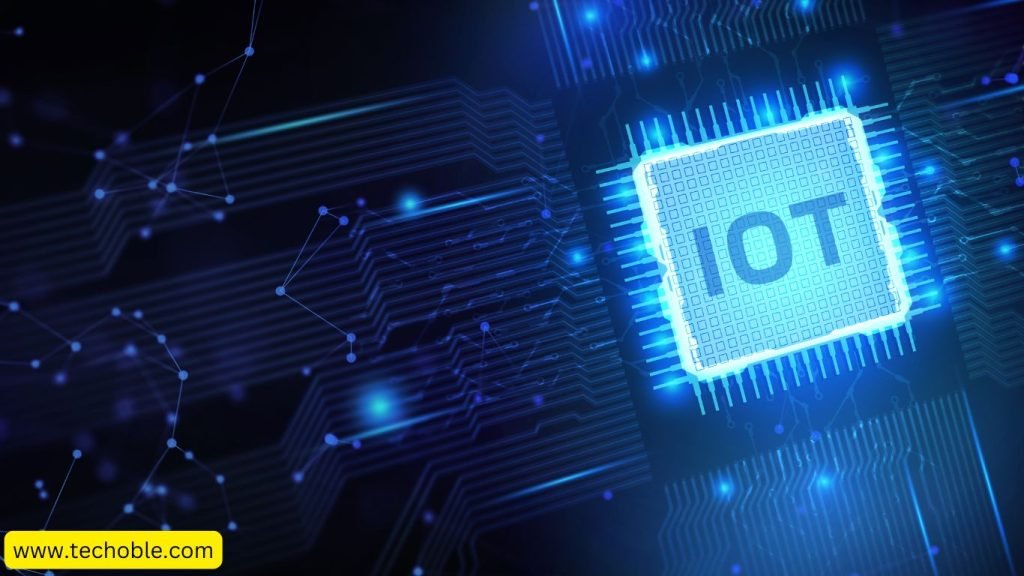 What is the Internet of Things?
What is the Internet of Things?
IoT connects devices to the internet, allowing them to communicate and share data. Smart cities integrate IoT for optimized urban management.
Impact on Urban Life
- Traffic Management: IoT-enabled systems reduce congestion.
- Energy Efficiency: Smart lighting and power systems conserve energy.
- Public Safety: Surveillance and alert systems enhance city safety.
Statistics
- By 2025, there will be over 75 billion IoT-connected devices globally, with smart city projects seeing rapid adoption.
Future Outlook IoT and smart cities will revolutionize urban living, making cities more efficient, eco-friendly, and safer.
10. Digital Health and Telemedicine: The Future of Healthcare
 What is Digital Health and Telemedicine?
What is Digital Health and Telemedicine?
Digital health refers to technologies used to manage health information, while telemedicine enables remote consultations.
Benefits of Digital Health
- Access to Care: Telemedicine makes healthcare accessible to remote areas.
- Real-Time Monitoring: Wearable devices provide continuous health data.
- Early Diagnosis: AI and data analytics help in early disease detection.
Statistics
- The digital health market is expected to exceed $500 billion by 2025, driven by increased use of telemedicine.
Future Outlook Digital health and telemedicine will make healthcare more accessible and effective, revolutionizing patient care.
A New Technological Era
By 2025, these top 10 technologies will redefine industries, lifestyles, and the global economy. From AI-driven solutions to renewable energy innovations, each of these advancements holds the potential to transform our world. As we move forward, the influence of these emerging technologies will continue to grow, helping shape a more connected, efficient, and sustainable future.
This comprehensive article provides an engaging look at the emerging technologies set to define the future, making it an invaluable resource for readers curious about upcoming technology in 2025.